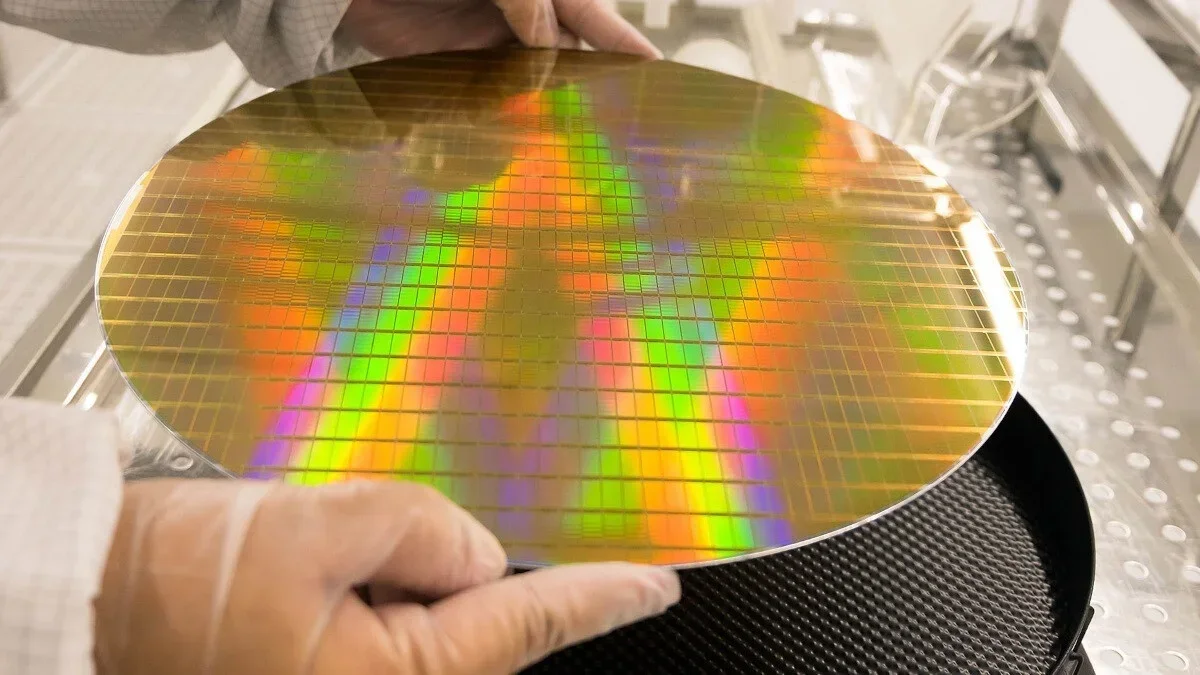Report explains why some Galaxy S26 models could get a price hike
TSMC has raised its wafer prices for the foundry's third-generation process node.

TSMC is currently manufacturing its cutting-edge application processors (APs) using its third-generation 3nm process node (N3P). It's the same process node used by the world's largest foundry to build the Apple A19 and A19 chipsets that power the new iPhone 17 series. TSMC will also use the same process node to build other APs for high-end phones such as Qualcomm's Snapdragon 8 Elite 5 and MediaTek's Dimensity 9500.
TSMC hikes silicon wafer prices for its third-generation 3nm process
A new report in the China Times, a daily Chinese-language newspaper, mentions that Qualcomm and MediaTek are paying TSMC more for the silicon wafers used in the foundry's N3P process. The paper says that MediaTek and Qualcomm are paying 24% more and 16% more to TSMC, respectively. It isn't clear whether those increases are compared to TSMC's second-generation 3nm node (N3E), which was used to build Qualcomm's Snapdragon 8 Elite and MediaTek's Dimensity 9400 APs.

Photo of a silicon wafer used as the foundation of new chips. | Image credit-Unknown
Since they have to pay TSMC the higher prices, Qualcomm and MediaTek will no doubt charge their customers more for their chips, which is why you might see Samsung raising its pricing for some of the phones in the Galaxy S26 series next year. The vivo X300, expected to be powered by the Dimensity 9500 AP, might also end up with a price increase.
If you're wondering whether Apple paid the higher price for the 3nm wafers, the China Times report hinted that it did. However, since Apple designs its own APs, it doesn't have to pay a chip designer like Qualcomm and MediaTek. An entire tier is eliminated, which means that unlike phone manufacturers like Samsung and vivo, Apple only pays TSMC.
The third-generation 3nm chipsets are expected to deliver a 5% performance increase at the same power consumption and a 5% to 10% savings in energy consumption at the same frequency. In a nutshell, as the process node shrinks, so does the size of the transistors used in the component. This results in a higher transistor density, which measures how many millions of transistors are shoehorned into a chip per square millimeter (MTr/mm²). The transistor density number is a very important figure. The higher the number, the more powerful and energy efficient a chip is.
Expect even higher chip pricing next year
Things could get worse next year when the foundry starts production of APs using its 2nm process node. There is some speculation that silicon wafers for the 2nm process will cost 50% more. Additionally, with Apple reserving half of TSMC's 2nm capacity, it might be hard for Qualcomm and MediaTek to schedule enough production.
TSMC will reportedly turn out 60,000 2nm wafers each month, which will be the combined output from four fabs. The first smartphones to feature a 2nm AP could be the Samsung Galaxy S26 Pro and the Galaxy S26 Edge. Both of those models could be equipped with the Exynos 2600 AP in most markets (except for the U.S., Canada, and China), which will be manufactured by Samsung Foundry using its 2nm process.
TSMC will reportedly turn out 60,000 2nm wafers each month, which will be the combined output from four fabs. The first smartphones to feature a 2nm AP could be the Samsung Galaxy S26 Pro and the Galaxy S26 Edge. Both of those models could be equipped with the Exynos 2600 AP in most markets (except for the U.S., Canada, and China), which will be manufactured by Samsung Foundry using its 2nm process.
Samsung Foundry and TSMC's 2nm process nodes also use Gate-All-Around transistors (GAA). With GAA, the gate wraps completely around the channel, reducing current leakage and improving the drive current. Chips made using GAA transistors will show better performance and use less energy. The first iPhone models to employ a 2nm AP should be next year's iPhone 18 series, which will feature the A20 and A20 APs.
So what will follow 2nm? TSMC should start mass production of 1.4nm chips in 2028. However, TSMC will employ a new naming scheme, which replaces nanometers with angstroms (Å). 1 nanometer will equal 10 angstroms. The 1.4nm process will therefore be referred to as A14. As for what happens after the 1.4nm process node (A14), we could see a new transistor architecture and different materials used.
Follow us on Google News


![Some T-Mobile users might be paying more starting in March [UPDATED]](https://m-cdn.phonearena.com/images/article/176781-wide-two_350/Some-T-Mobile-users-might-be-paying-more-starting-in-March-UPDATED.webp)











Things that are NOT allowed:
To help keep our community safe and free from spam, we apply temporary limits to newly created accounts: